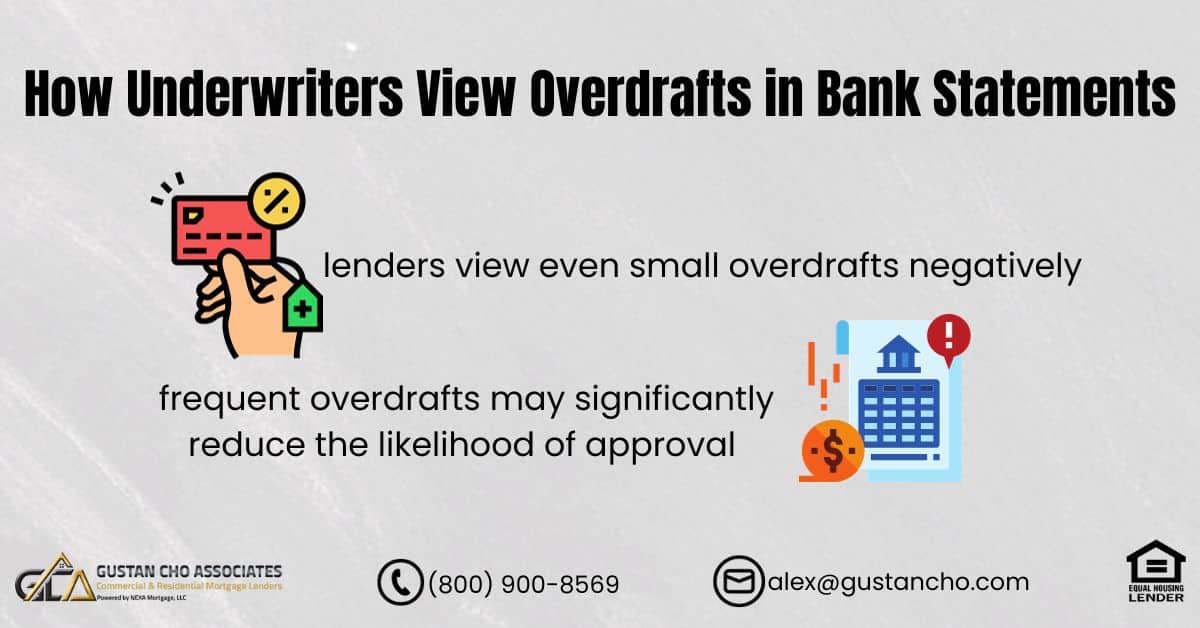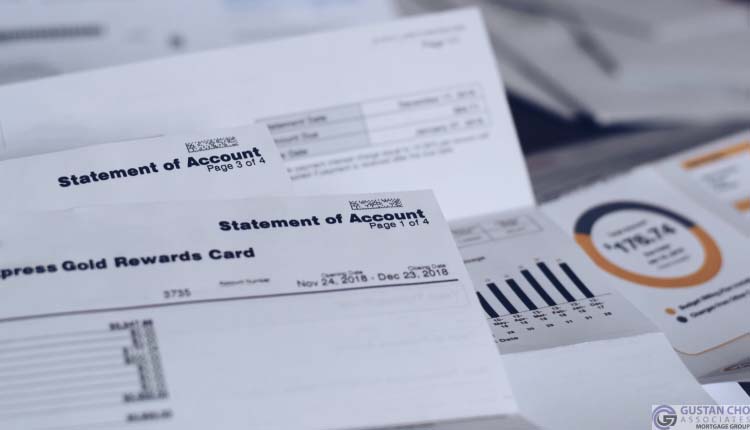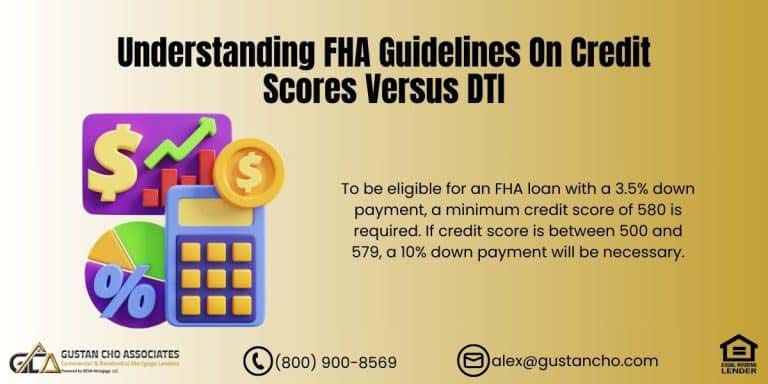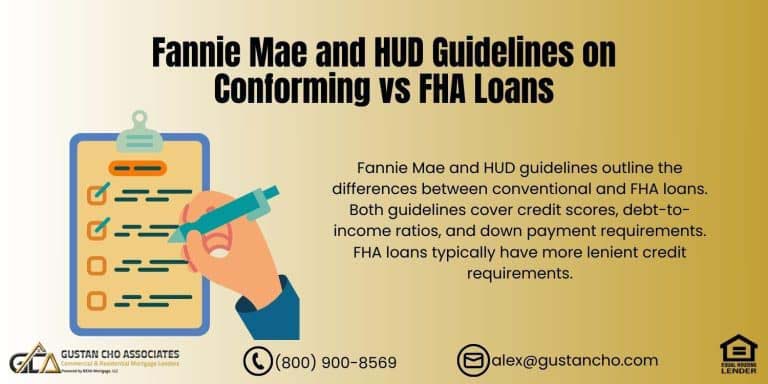Most mortgage lenders really don’t like seeing overdrafts in bank statements. If they spot an overdraft, it can make them think you’re not managing your money well, which could lead them to reject your mortgage application. Even just one overdraft can be a deal breaker. So, it’s best to avoid submitting bank statements showing any overdrafts, even if you have overdraft protection.
But if you can’t avoid showing an overdraft, there are still ways to get approved. It’s important to write a clear letter explaining the situation when you submit your bank statements. If you have questions about overdrafts or want to understand your bank’s rules better, it’s a good idea to call your bank. Just remember that banking policies can vary, so make sure you know the specifics of your account.
What is Overdraft in Bank Statements
An overdraft in bank statements occurs when the total of your written checks exceeds the balance in your checking account. In such instances, the bank permits the transaction to proceed, requiring you to promptly replenish the deficit. Essentially, an overdraft is a brief loan offered by the bank to address the shortfall in your account balance. Such overdrafts may arise from various transactions and transfers.
How Does Overdrafts Occur in Bank Statements
Here’s the lowdown on bank overdrafts:
Banks set a limit on how much you can dip into your account beyond what you have. This limit changes based on what type of account you have and your banking habits. If you go over that limit, you’ll probably face some fees. This can include charges for each time you overspend and daily or monthly fees until you clear up your overdraft.
It’s really important to pay off overdrafts on time. If your account stays negative for too long, the bank might charge extra fees or take other actions. To avoid any hassle, fix any overdrafts on your bank statements as quickly as possible.
Understand your bank’s overdraft rules and fees. Some banks provide overdraft protection or allow account linking for assistance. While overdrafts can help in emergencies, frequent use can lead to high fees. To manage your finances, regularly review your bank statements, monitor your account balance, and track overdraft fees.
Worried About Overdrafts on Your Bank Statements?
Contact us today to understand how overdrafts affect your approval and what you can do to improve your chances.
Solutions To Overdrafts In Bank Statements
Borrowers who haven’t had any overdrafts in the last 12 months but have a history of them don’t need to worry too much. However, if you provide at least 60 days’ worth of recent bank statements showing no overdrafts during that time, you might still face some scrutiny. Underwriters will look at your bank statements from the past year to see if there are any overdrafts.
To help them with this, bank statements usually include a section summarizing your year-to-date overdraft fees. You can typically find this line in the monthly summary of your statement, which will show how many overdraft fees you’ve incurred so far this year. This section is important to underwriters when they assess your application.
How To Get Approved For a Mortgage With Overdrafts In The Past 12 Months
What Lenders Look For
When mortgage lenders evaluate an application, they closely examine bank statements for overdrafts. Even a small overdraft can raise concerns about your ability to manage finances. Lenders typically expect to see a pattern of stability in your accounts, so if you have had overdrafts within the last 12 months, particularly in the last 60 days, it may impact your approval chances. Lenders are looking for a reliable financial history, as repeated overdrafts can signal potential risks.
Tips to Improve Your Approval Chances
- Be Honest: If you’ve had an overdraft, consider explaining the situation in your application. Lenders appreciate transparency and understand that mistakes can happen.
- Show Recent Improvement: If you can demonstrate a consistent positive balance in your bank account leading up to your application, it can help offset any previous overdrafts.
- Remember, There Are Options: Don’t lose hope Even if you’ve had overdrafts. One or two instances are not necessarily disqualifying, especially if you can highlight your overall financial responsibility and recent stability.
Focusing on these tips will strengthen your application and boost your chances of being approved for a mortgage.
60 Days of Bank Printouts Versus Bank Statements
When you apply for a loan, lenders usually ask for your bank statements from the last two months. They do this to review your financial history. If you’ve had overdrafts in the past year but haven’t had any in the previous two months, you might be concerned about those overdrafts showing up on your statements, especially since they list year-to-date overdraft fees.
One lesser-known option is using bank printouts instead of full statements. This is totally legit and allowed. Bank printouts don’t track your overdraft fees in the same way, so they won’t raise any eyebrows about your past overdrafts.
In other words, using printouts lets you keep irrelevant info off the table. Since you haven’t overdrafted in the last two months, the printouts only show your recent transactions, giving a better picture of your current finances without dragging up old issues.
Providing Bank Statement Printouts
Many bank statement printouts lack information on year-to-date overdraft fees, making it challenging for underwriters to identify any overdrafts within the last 12 months. To obtain these printouts, bank account holders can visit their bank and request a 60-day statement from the teller. When doing so, it is advisable to inform the bank teller about the mortgage application and ask them to sign, stamp, and date each page of the 60-day bank statement printout. Notably, there is no designated column indicating year-to-date overdraft fees on these printouts. Nevertheless, mortgage underwriters accept these statement printouts as substitutes for actual bank statements.
Underwriters and Bank Overdrafts—What You Need to Know
Contact us today to get clarity on how overdrafts may impact your mortgage application and how we can help.
Frequently Asked Questions (FAQ) About How Underwriters View Overdrafts in Bank Statements
Q: Why do Mortgage Lenders Disapprove of Overdrafts in Bank Statements?
A: Mortgage lenders view overdrafts in bank statements as an indicator of financial irresponsibility, suggesting a perceived inability to manage finances. Even a single overdraft can lead to rejection of a mortgage loan application.
Q: Can I Still Get Mortgage Approval if I have Overdrafts in Bank Statements in the Past 12 Months?
A: Yes, it is possible, but the frequency and recent occurrences of overdrafts matter. Borrowers with one or two overdrafts may still secure approval, especially with a well-crafted letter of explanation. However, a pattern of habitual overdrafts poses a higher risk of rejection.
Q: What is the Significance of Providing a Letter of Explanation for Overdrafts in Bank Statements?
A: A well-crafted letter of explanation can help borrowers address overdrafts in bank statements by providing context and demonstrating financial responsibility. It is a crucial document when dealing with lenders who may be concerned about overdraft occurrences.
Q: How do Overdrafts Occur in Bank Statements?
A: Overdrafts in bank statements happens when written checks exceed the account balance. Banks may allow the transaction, creating a temporary loan that needs prompt repayment. Overdrafts can result from various transactions and transfers.
Q: What is the Typical Process for Overdrafts in Bank Statements?
A: Banks set limits on overdraft amounts, charging fees for each transaction surpassing the account balance. Repayment is expected promptly, and prolonged negative balances may lead to additional fees or other actions by the bank.
Q: Are There Solutions for Addressing Overdrafts in Bank Statements When Applying for a Mortgage?
A: Borrowers can consider providing 60-day bank statement printouts instead of the original statements, as they may not explicitly show year-to-date overdraft fees. This alternative can help avoid revealing overdrafts within the last 12 months.
Qualifying For Home Loan With a Mortgage Company With No Overlays
Home Buyers and Homeowners who need to qualify for a home loan with a national mortgage company licensed in multiple states with no mortgage lender overlays on government and conventional loans can contact us at Gustan Cho Associates at 800-900-8569 or text us for a faster response. Or email us at alex@gustancho.com.
Gustan Cho Associates Mortgage Group does not impose any lender overlays on FHA, VA, USDA, and Conventional loans. The professionals at Gustan Cho Associates specialize in non-QM loans and mortgages based on bank statements, particularly for self-employed borrowers. Furthermore, the expertise of the team extends to handling overdrafts in bank statements for a comprehensive financial evaluation.
We provide numerous non-QM loan options and alternative financing mortgages, including mortgages available one day after foreclosure, asset-depletion mortgages, and fix-and-flip loans tailored for real estate investors. Additionally, we specialize in commercial loans. Gustan Cho Associates has gained a national reputation as a comprehensive mortgage solution provider, offering a range of options such as government, conventional, non-QM, and commercial loans. Our dedicated team at Gustan Cho Associates is at your service seven days a week, including evenings, weekends, and holidays. We understand the importance of catering to your financial needs promptly, ensuring a seamless experience with our diverse loan programs. Moreover, our expertise extends to assisting clients with any concerns related to overdrafts in bank statements.
This blog about “How Underwriters View Overdrafts In Bank Statements” was updated on June 23rd, 2025.
Concerned About Overdrafts on Your Bank Statements?
Contact us today to discuss your options and get pre-approved with the best strategy.










